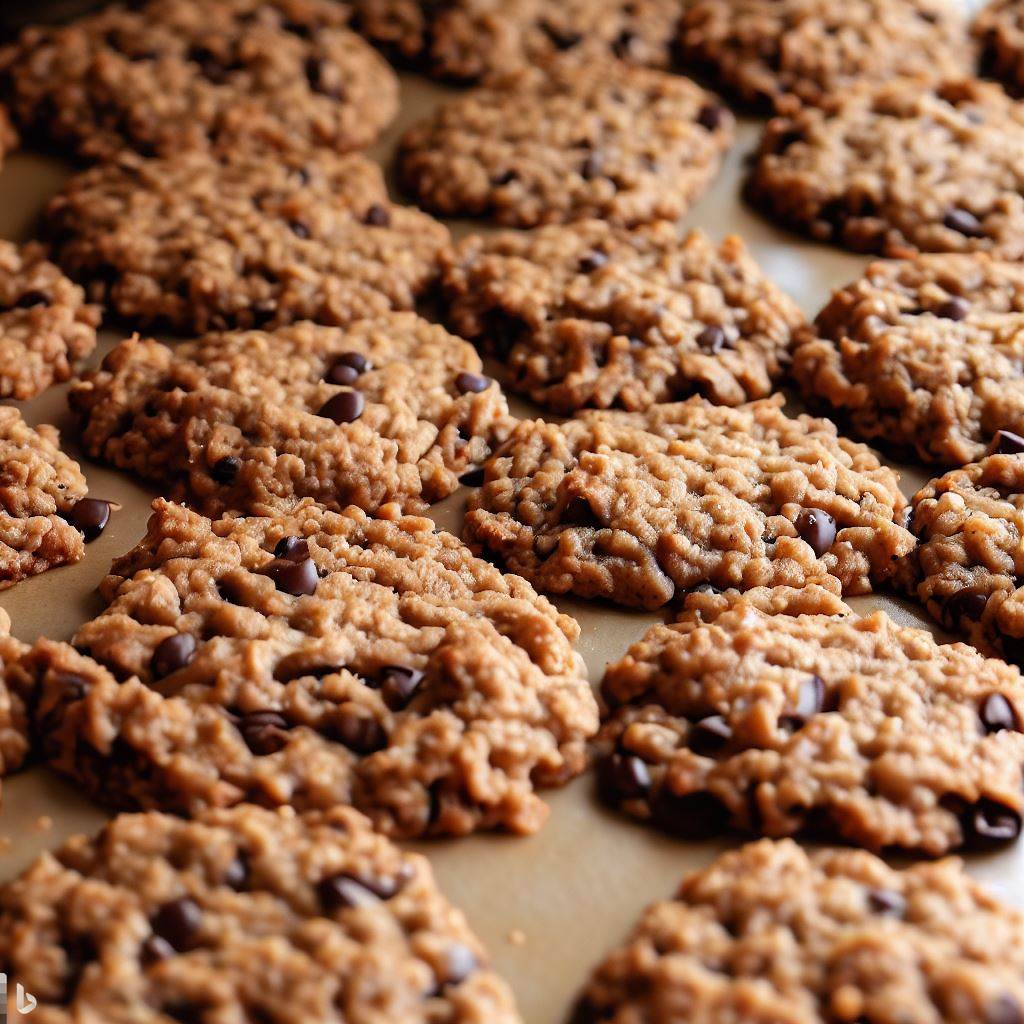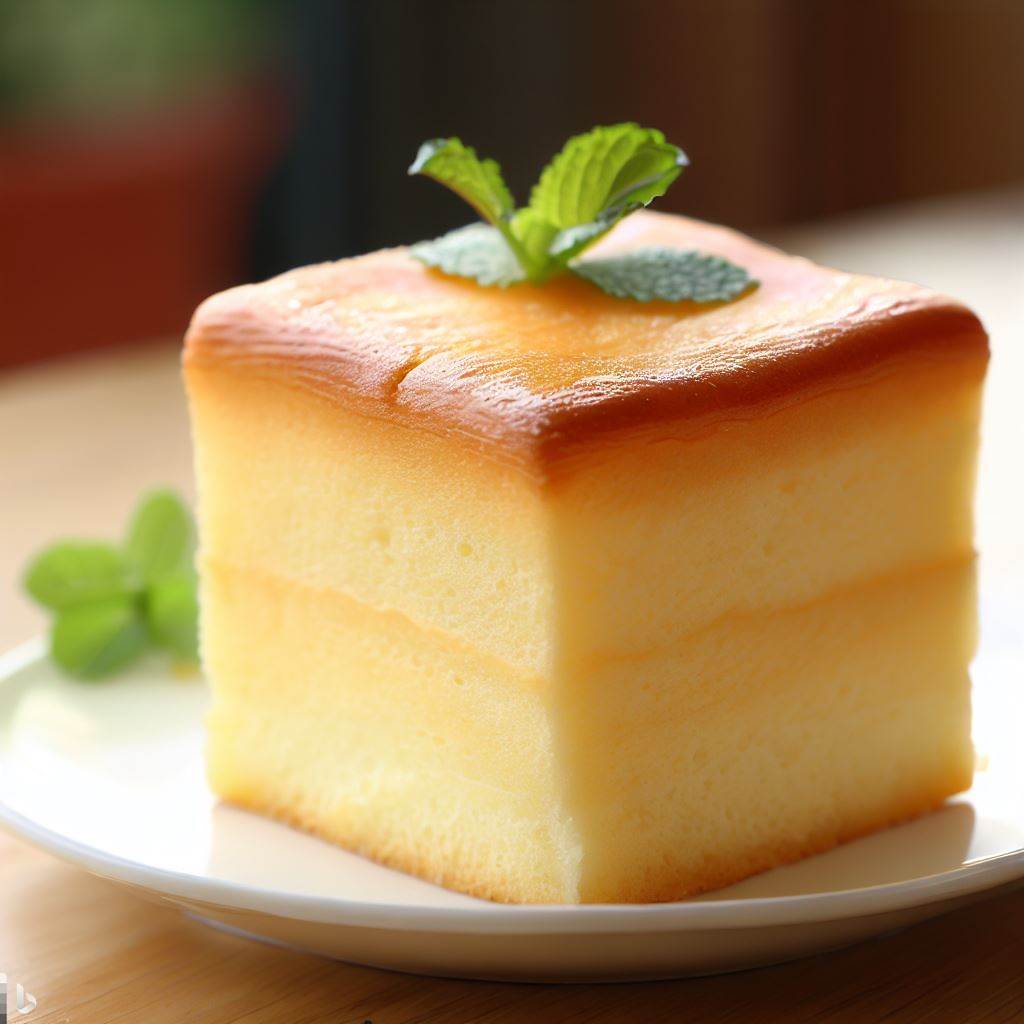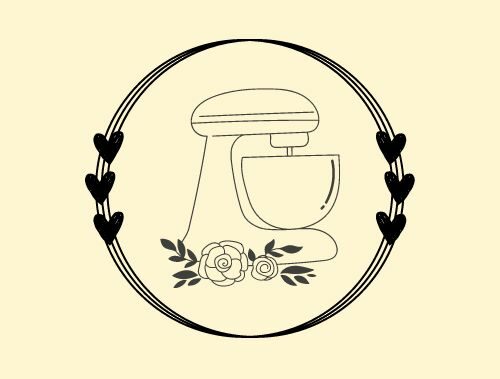Yes, you can substitute tub margarine for stick butter in baking, but it may change the taste and texture of your baked goods due to the differences in fat and water content. Margarine has less fat, more water, and a different flavor than butter. It’s also softer, which could affect the texture of your baked goods. If the margarine is salted, you may need to reduce the salt in your recipe. The best way to tell if there is going to be a big difference is to test with a small batch first to see how the substitution affects your specific recipe. That way, you will know for sure if the swapping was a good thing or a bad thing. It’s all in the results you are looking for.
What Makes Butter and Margarine Different?
Butter and margarine are not the same thing. Here are some of the ways they are different.
Fat Content
Picture Butter as the heavyweight champ in the fat ring, weighing in with a robust 80% fat. That’s a whole lot of flavor packed into each stick! It’s this fat that makes your cakes, cookies, and pastries lip-smackingly good.
On the other hand, tub margarine? It’s a bit of a lightweight, coming in at around 60-70% fat. Sure, it’s easier on the waistline, but the dip in fat could leave your baked goods yearning for that rich, buttery goodness. Less fat, less flavor—it’s as simple as that!
Water Content
Now, here’s where the tables turn. Tub margarine, with its higher water content, is like a kid who can’t hold their juice. That extra water could lead to a baking disaster. It might just throw off your dough consistency and leave your final product a little less perfect than you’d like.
Flavor
Oh, butter. Its rich, creamy, drool-inducing flavor has us reaching for that extra slice of cake. But margarine? While it won’t ruin the party, its flavor doesn’t quite hit those buttery high notes. In dishes where butter is the star, substituting margarine might leave your tastebuds feeling a tad disappointed.
Spreadability
When it comes to smooth spreading, tub margarine takes the cake—it’s a bread’s best friend! But in baking, this very quality could play a wild card in the texture of your goodies, giving you results you didn’t quite bargain for.
Salt Content
Be aware that most tub margarines come with a pinch (or more) of salt. Swapping salted margarine for unsalted butter might just tip the salt balance in your recipe. And trust me, nobody likes a salty surprise in their sweet treats!
Expense
Margarine is cheaper than butter.
So, there you have it—the lowdown on the key differences between butter and margarine. With these tidbits in mind, you’re all set to make an informed swap in your baking adventures!
What Happens If You Substitute?

Changing butter with margarine can make your cookies or cakes taste and feel different. Some might not change much, like chunky cookies. But others, like fluffy cakes, might not turn out as expected.
Changes in Texture: When you use butter in baking, it makes your cakes and cookies soft and crumbly. If you use margarine instead, it might change how your treats feel. Your cookies could become flat, and your cakes might not be as soft.
Changes in Taste: Butter has a yummy, creamy taste. When you bake with butter, that yumminess becomes part of your treats. Margarine doesn’t taste exactly like butter, so your cookies or cakes might not taste the same if you use it instead of butter.
Changes in Looks: Butter helps to give cookies a nice golden-brown color when they bake. Margarine might not make your cookies look the same because it has more water in it.
More Saltiness: Some margarine has salt in it already. If you use it instead of unsalted butter, your treats might end up tasting saltier. To fix this, you can use less salt in your recipe.
So, switching butter for margarine can change a few things in your baking. But don’t worry too much! You can always test a recipe and see how it turns out. That’s part of the fun of baking!
When Should You Not Substitute

Sometimes that tub of margarine might just be best left for just spreading on your bread or toast. Here are some examples of goodies that you should not substitute margarine for butter.
- Puff Pastries and Croissants: These delicate baked goods rely heavily on the high-fat content and unique flavor of butter for their signature flaky layers and rich taste. Margarine could lead to less flaky, less flavorful results.
- Shortbread Cookies: Traditional shortbread cookies have a high butter content and a distinct buttery flavor. Margarine might not give the same rich taste or crumbly texture.
- Buttercream Frosting: Buttercream frosting is named for a reason—the flavor and texture of butter are essential. Using margarine can result in a frosting that is too soft or lacks the desired buttery flavor.
- Pie Crusts: A butter-based pie crust has a unique flakiness and flavor. A margarine-based crust might not be as flaky and could have a different, less buttery taste.
- Certain Cakes: Some cakes, like pound cake or butter cake, rely on the flavor of butter as a key ingredient. Substituting margarine could alter the taste and texture quite a bit.
Tips for a Good Substitution
If you want to use margarine instead of butter, here are some tips:
- Try to find margarine that has a lot of fat. The more it has, the better it will be for your baking.
- Try baking a small amount first to see how it turns out before making a lot.
- If your recipe needs the flavor of butter, you can use some butter and some margarine.
- If you use margarine with salt, remember to use less salt in your recipe.
Final Thoughts
Swapping tub margarine for stick butter is a tempting baking shortcut, especially when you find yourself short on ingredients. But this isn’t a one-size-fits-all solution. The differing fat and water content between butter and margarine, along with their unique flavors, can lead to different results. Delicate pastries, butter-heavy cakes, and certain cookies often rely heavily on the distinctive properties of butter and may not fare well with margarine. Nonetheless, with thoughtful consideration and some baking experimentation, margarine can still prove to be a handy stand-in for certain recipes. Remember, baking is as much about science as it is about art. Don’t be afraid to test, learn, and tweak. Who knows? Your margarine-based tweak could be the next big hit in your baking skills. In the end, the key is understanding your ingredients and how they interact.
Another factor to consider when swapping one for the other is which one is healthier. Want to know more? Read this
You might enjoy this recipe.
Have you substituted tub margarine for butter? What were your results?
Please leave me a comment below
And As Always
Keep On Baking!
Taianne
Share The Love

I’m Taianne, the owner and operator behind We Are Baking. Baking my first cake at age 11 hooked me on creating sweet treats. Though my interest faded during childhood, it was rekindled when I married my apple pie-loving husband. I love trying new recipes, tweaking classics, and helping others learn the science and art of baking. I started We Are Baking to share tips, tricks, and favorite recipes I’ve discovered over the years. When not in the kitchen, I enjoy spending time with family and friends. My goal is to inspire others to embrace their creativity through baking. Feel free to contact me with any questions!
Taianne@wearebaking.com


Stick to butter-